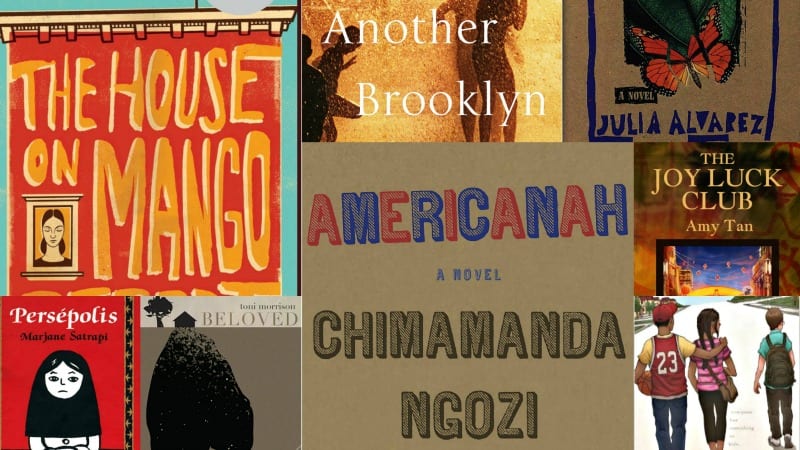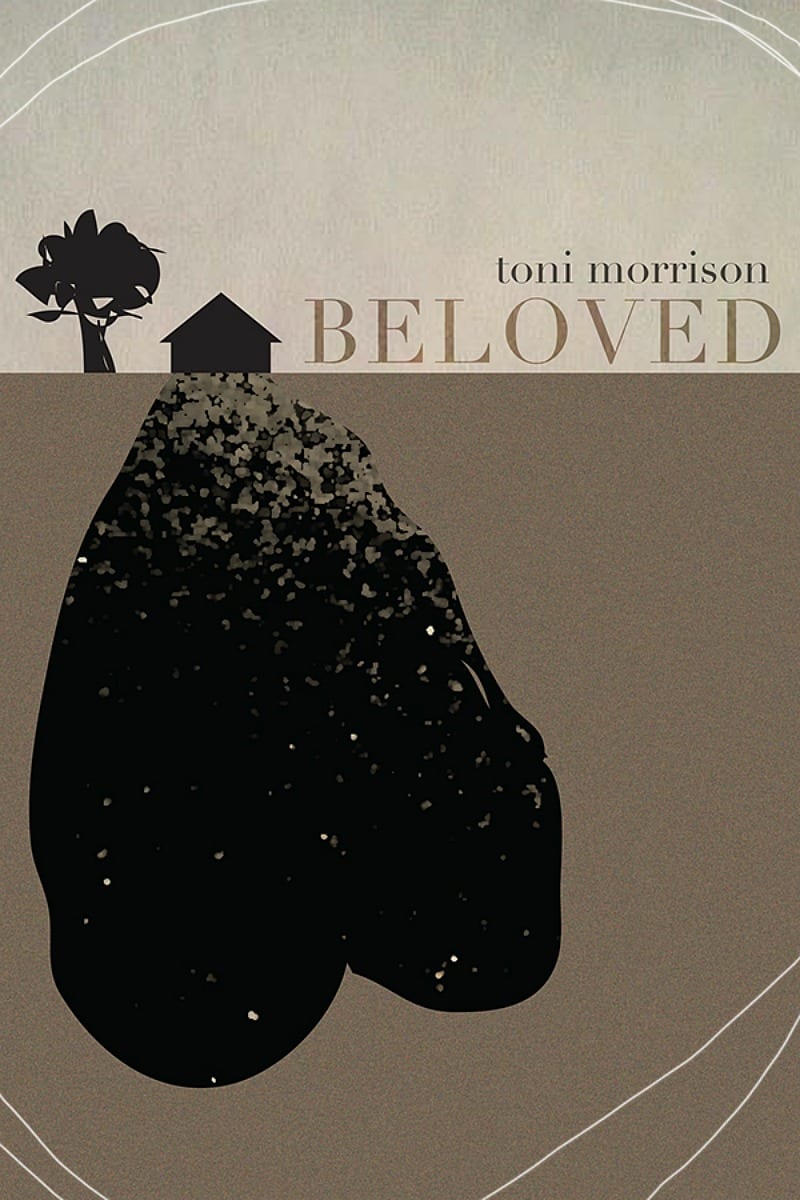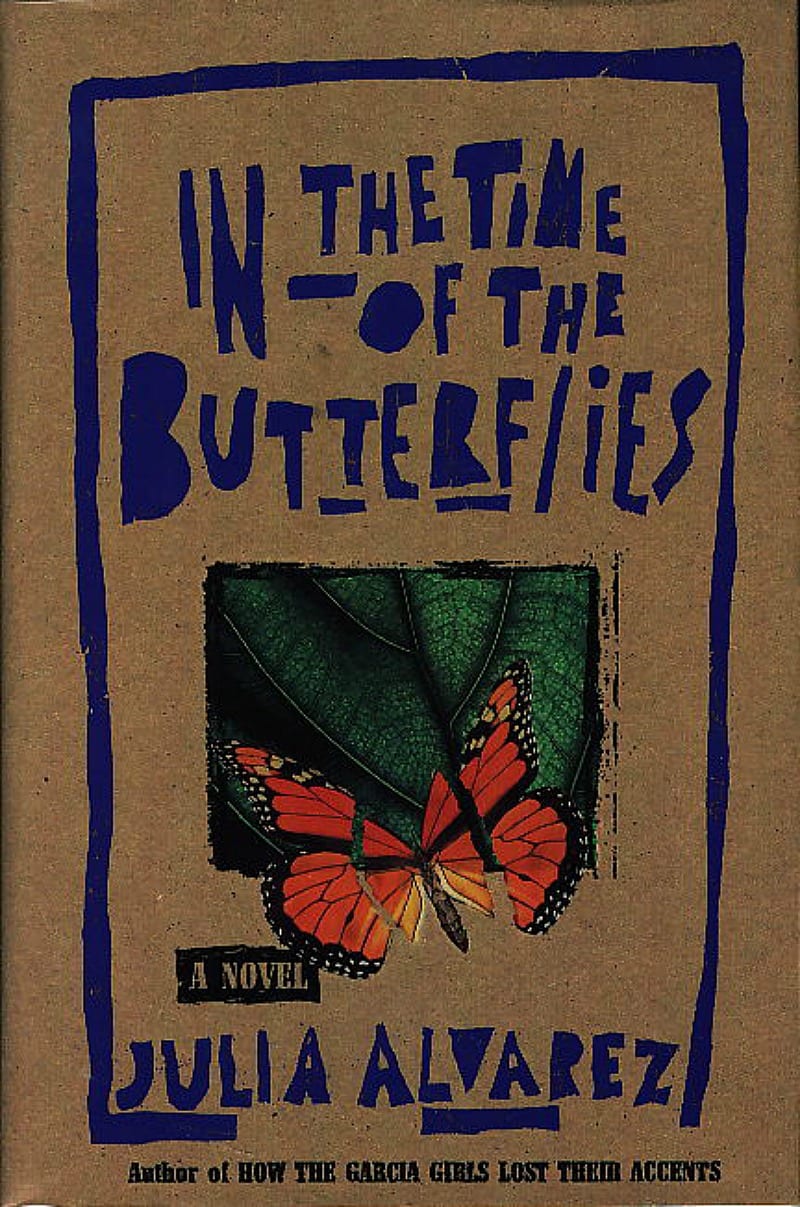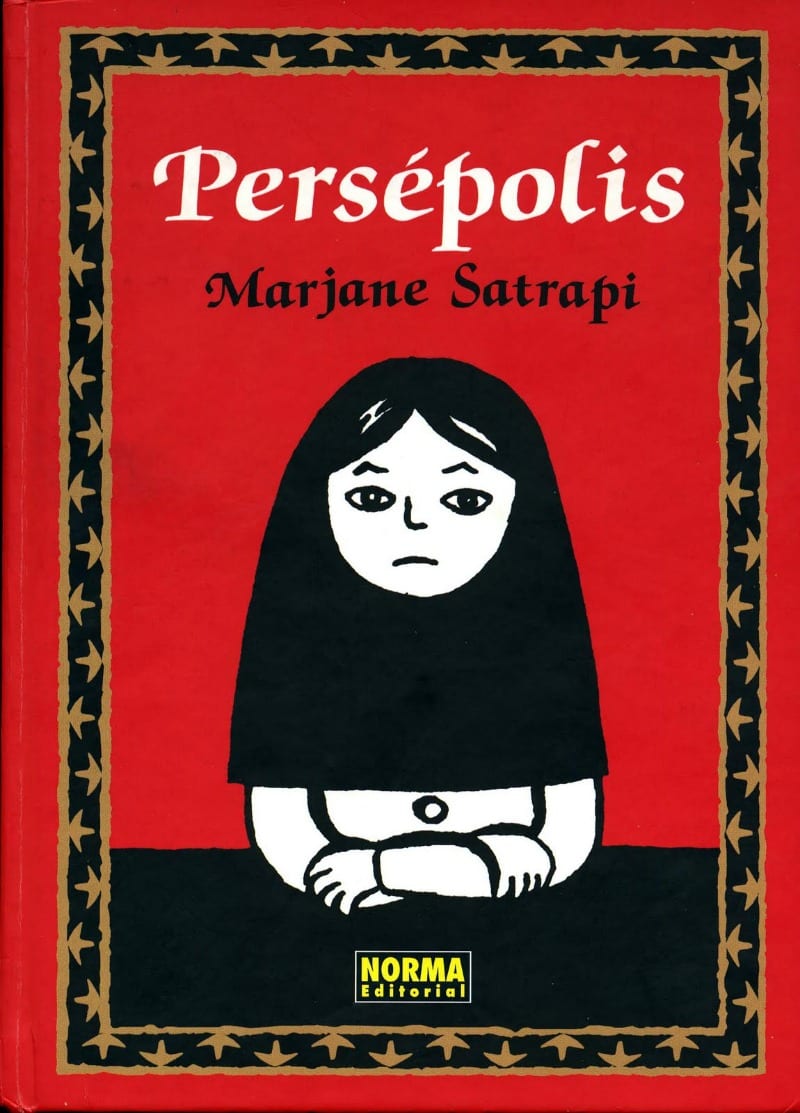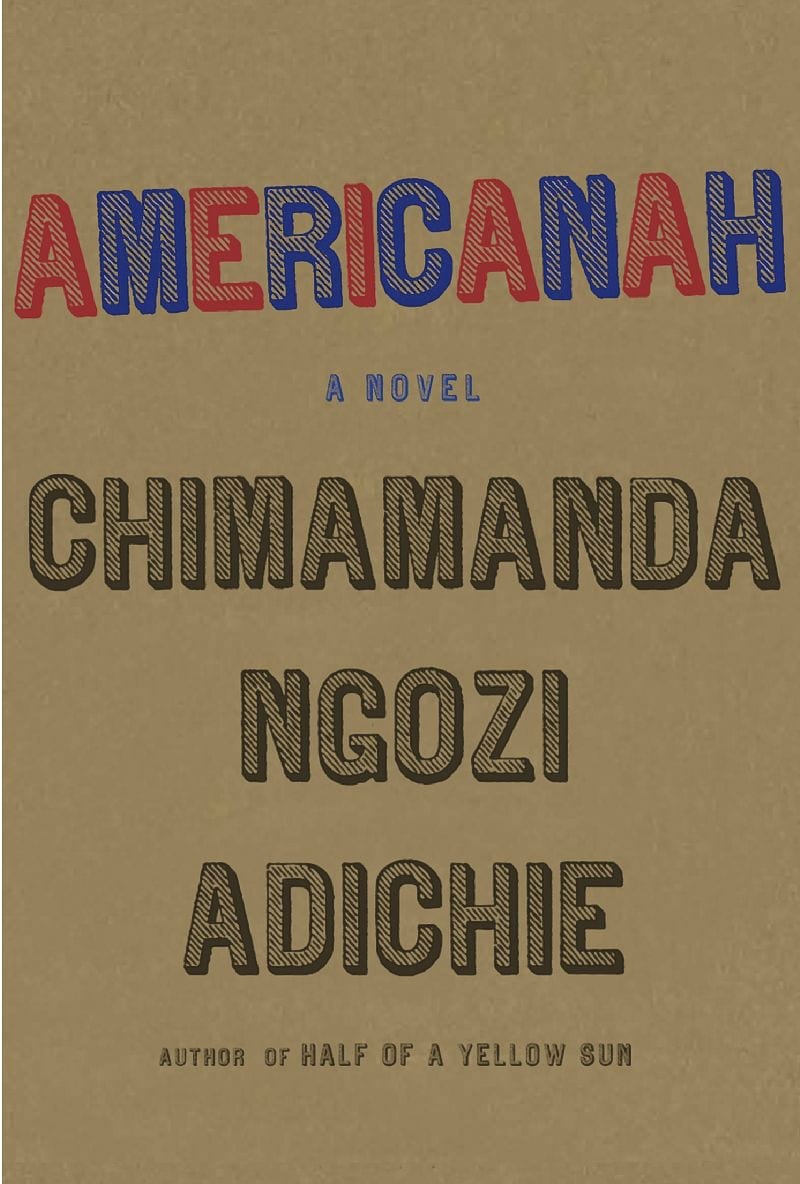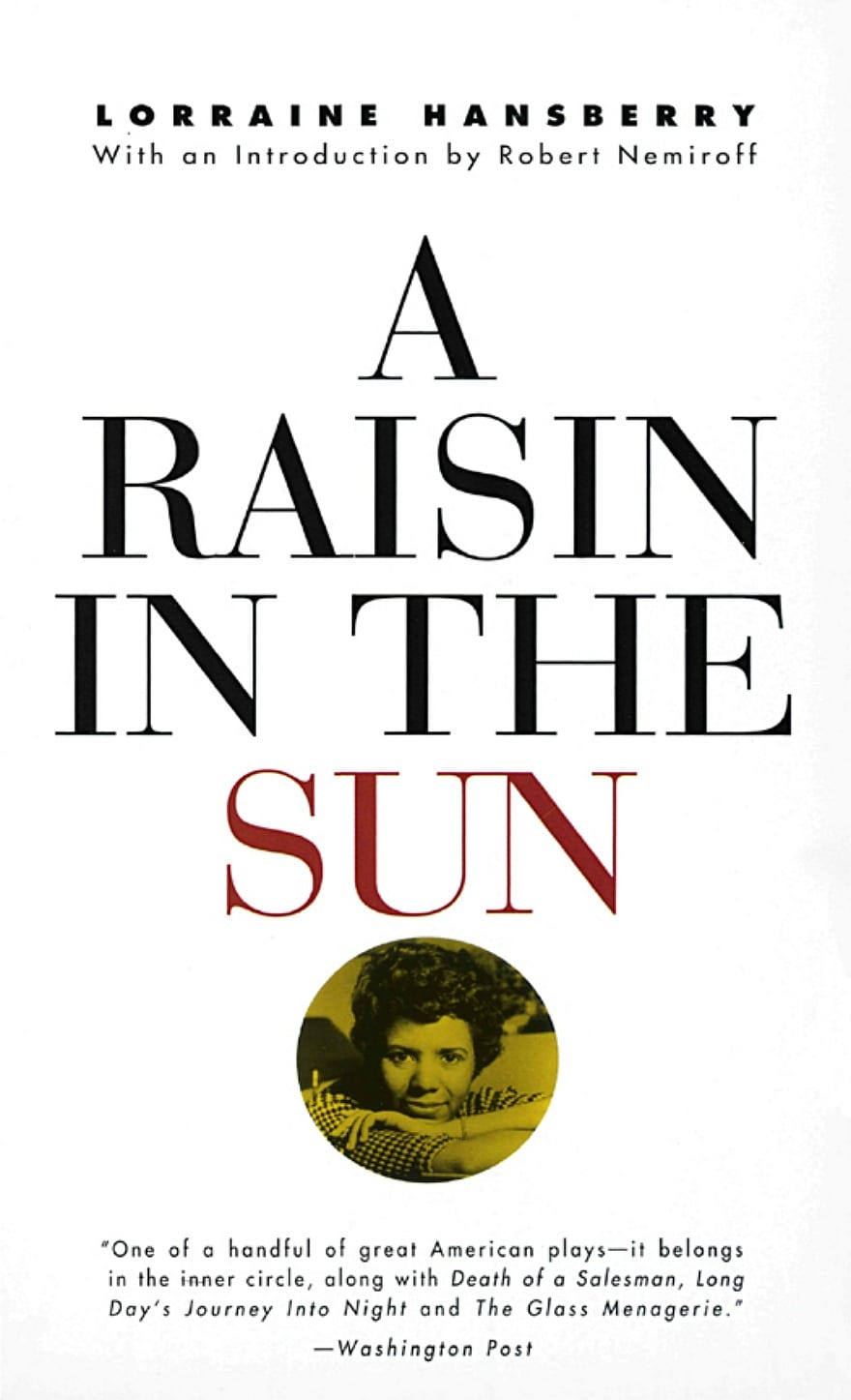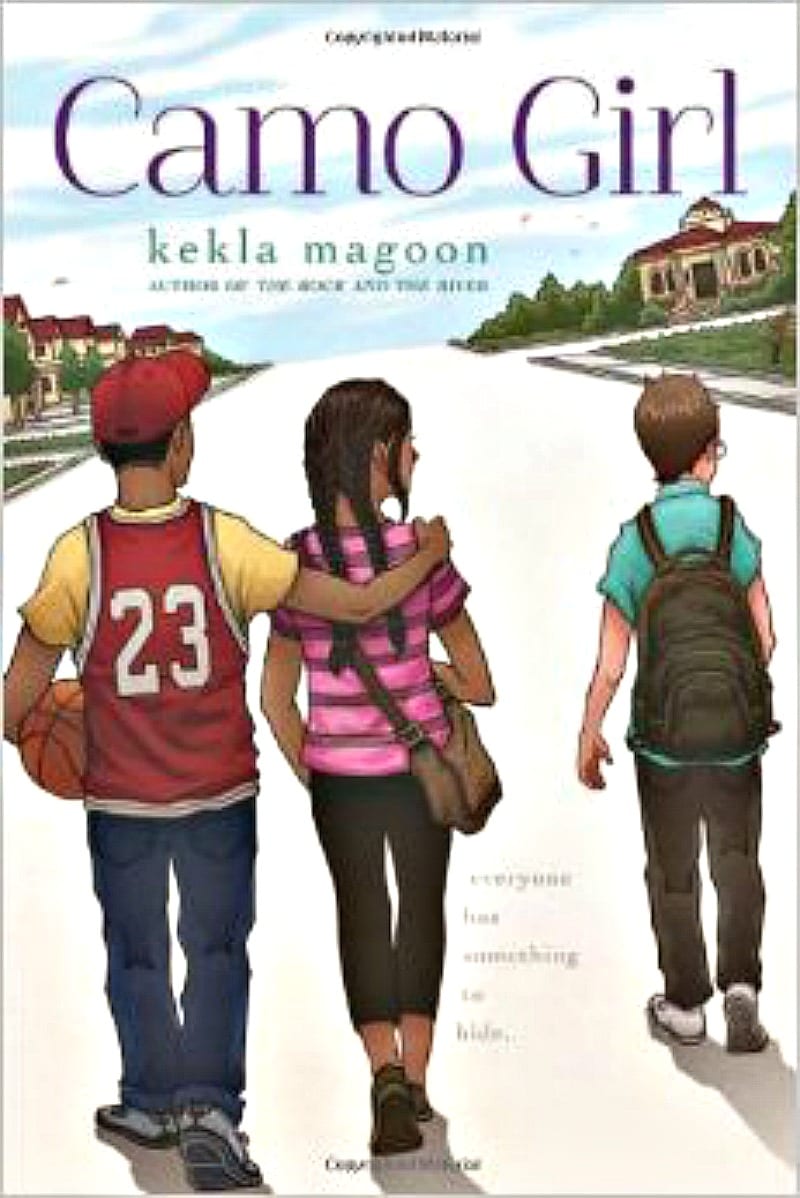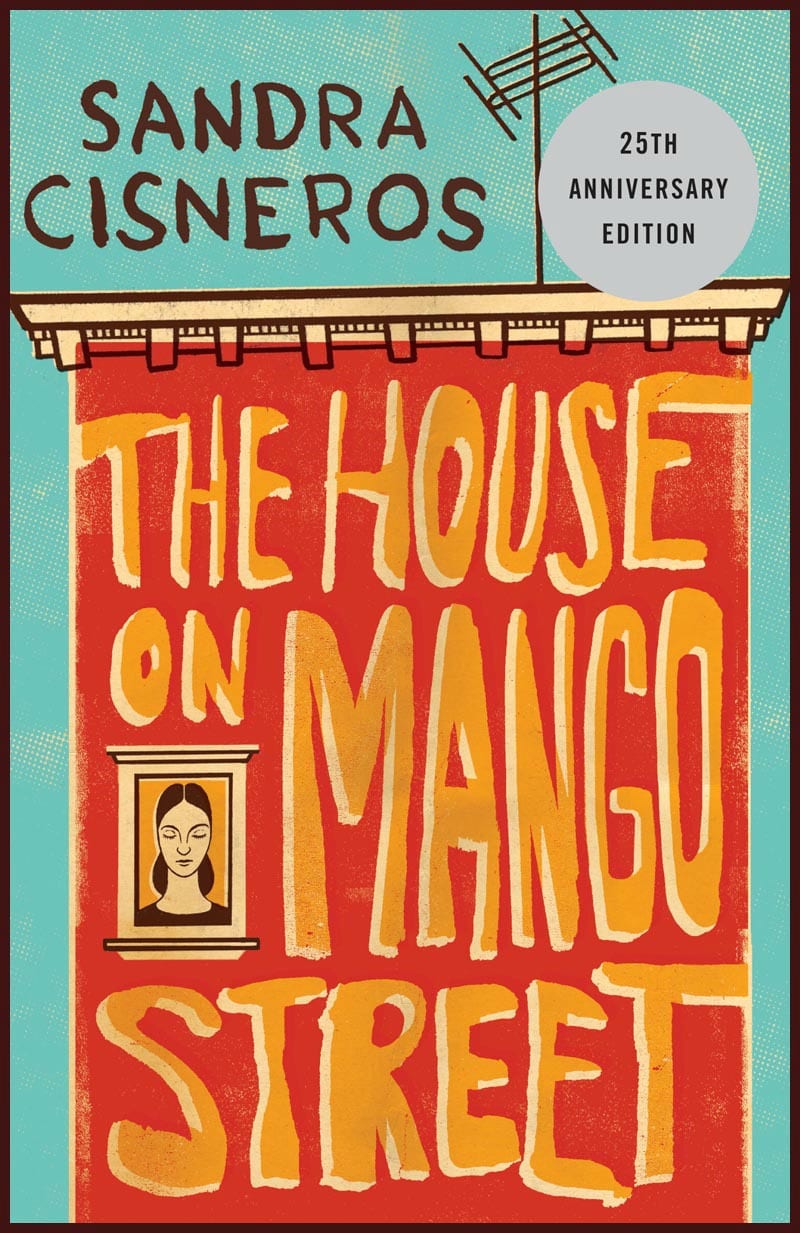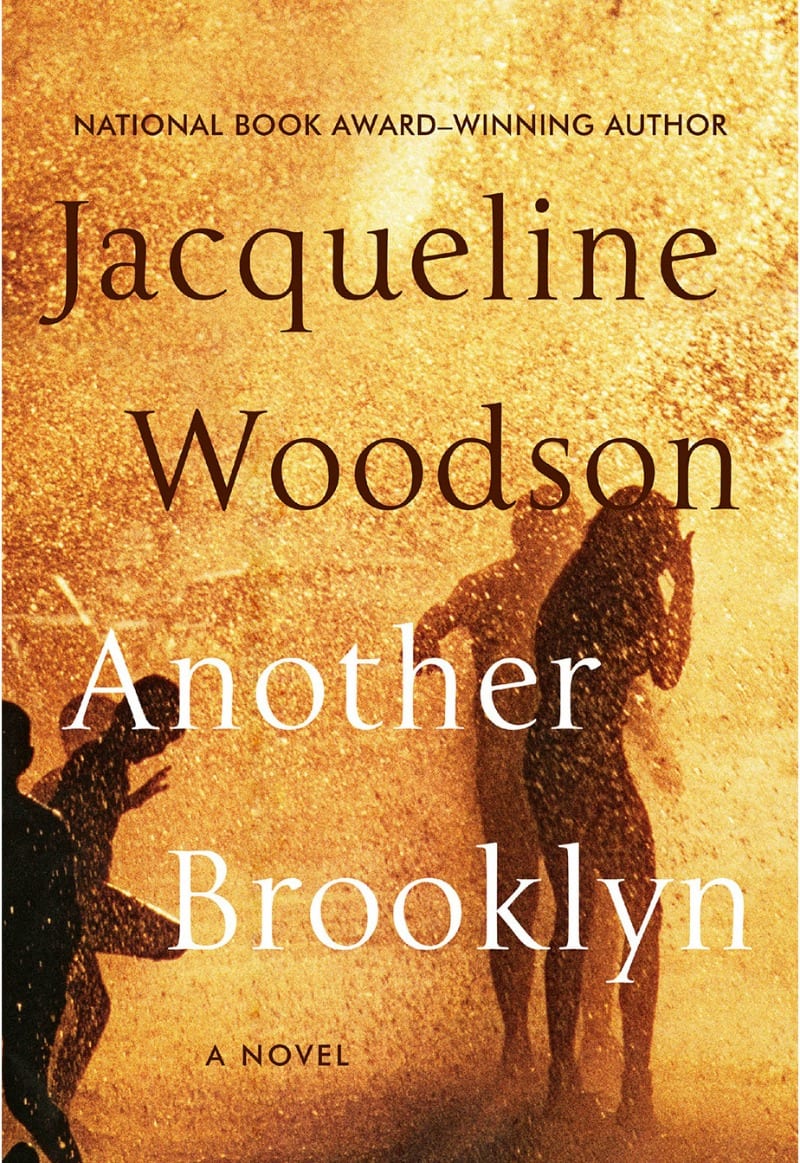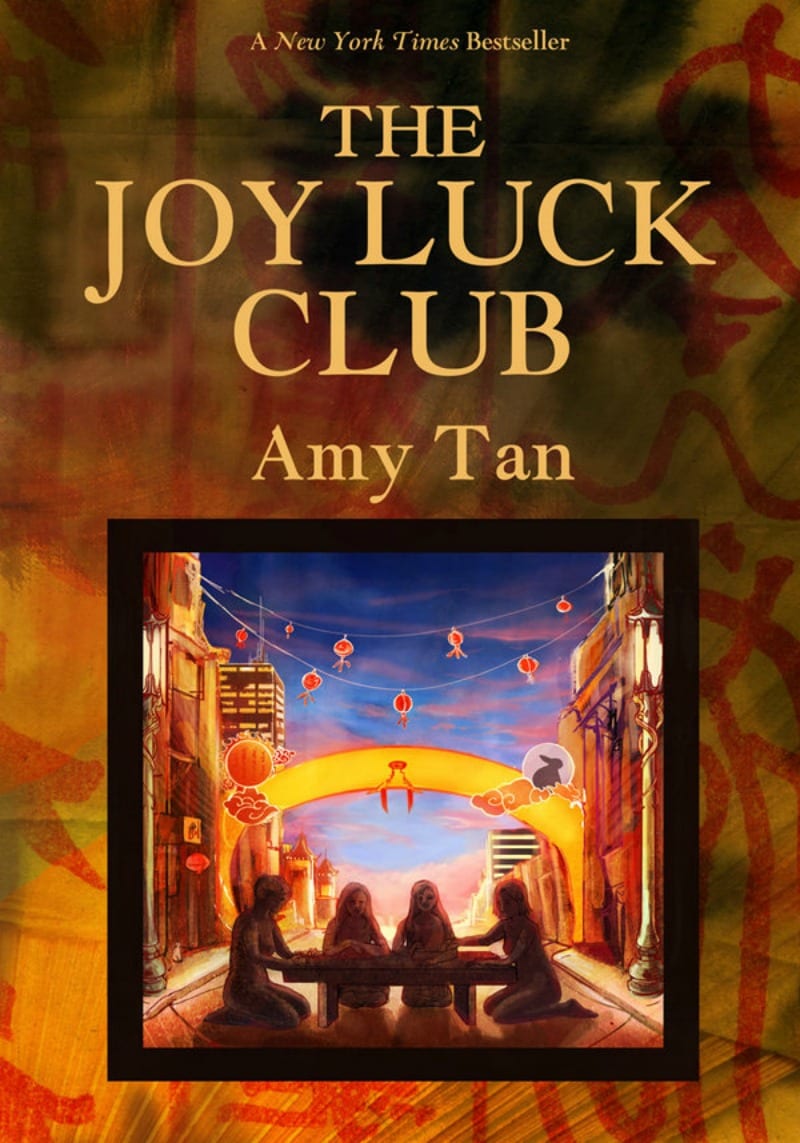As I sat staring at a list of possible titles to teach to my seniors in AP Literature, I was struck by the lack of strong female characters, and especially the lack of female characters of color. In a world where diversity is as present and important as ever before, the literary canon still seems to contain largely white, male characters. But fortunately there are so many great novels and memoirs featuring strong female characters of color. Here are some of my favorite ones to teach.
1. Sethe from Beloved
Beloved by Toni Morrison is an unforgettable novel about Sethe, a woman who has escaped from slavery. When she is found by slave hunters, she does the only thing she knows to do to save her children from a fate worse than death—she tries to kill them. She only succeeds in killing one of her daughters, who comes back to haunt her house. At times disturbing, this is a realistic depiction of what it was like to be a runaway slave in the American South.
BEST FOR: Grades 11-12
WHY I TEACH IT: As a runaway slave, Sethe is forced to make an unthinkable choice, and she does what she feels is best for her family. It takes an immense emotional strength to do what she did, and then to live with the consequences of those actions. Sethe is an important, realistic portrayal of what black women faced before the Civil War, and shows students another side of history they may not read about in their textbooks.
2. The Mirabal Sisters from In the Time of Butterflies
In the Time of Butterflies by Julia Alvarez is inspired by the true story of the Mirabal sisters who were an integral part in a plot to overthrow the Trujillo government in the Dominican Republic. In 1960, three of the four sisters were murdered for their part in the plot. This tale is gripping and powerful, all while told in Alvarez’s classic and poetic style.
BEST FOR: Grades 10-12
WHY I TEACH IT: While the story starts with the fourth and surviving sister, the tale is woven through the perspectives of the three murdered sisters. These women show incredible strength in the face of their government, often sacrificing much along the way to reach their goal.
3. Marjane Satrapi from Persepolis
Persepolis is a graphic novel, making it accessible to many students of different ages. The images are simple, yet powerful, and help to explain the sometimes difficult topics Satrapi tackles about the Islamic Revolution in Iran. Furthermore, as Satrapi’s memoir, this book is technically nonfiction, though it’ll feel like fiction for your students.
BEST FOR: Grades 9-12
WHY I TEACH IT: Marjane Satrapi experienced the unthinkable as a young child in Iran after the Islamic Revolution won favor in her country. She speaks of terrifying events and rebellions both big and small, offering a slice of history that may be unfamiliar to students.
4. Ifemelu from Americanah
Americanah by Chimamanda Ngozi Adichiehas has all the things young readers want: young love torn apart, the drama of fleeing a hostile country, and the danger of living undocumented in another country. Ifemelu and Obinze fall in love in secondary school in Nigeria, but are torn apart when Ifemelu flees the country to America. It’s after 9/11, and Obinze cannot follow her. They both grow to success and rekindle their love years later, only to have to face a tough decision together.
BEST FOR: Grades 11-12
WHY I TEACH IT: Ifemelu is gorgeous, confident, and smart. She goes to America to study, but never forgets her love, Obinze. She grows to become a successful blogger, opening eyes to the race issues in America, and, in that regard, is fearless as well. Hers is a beautiful story of life, love, and rebellion.
5. Mama, Ruth, and Beneatha Younger from A Raisin in the Sun
A Raisin in the Sun is a quintessential piece of American drama. The play describes the struggles of a working-class, black family living on the Southside of Chicago in the 1950’s. Each character is realistic, yet shows a different problem black families faced during the time just as the Civil Rights movement was taking off.
BEST FOR: Grades 8-12
WHY I TEACH IT: Each of these women represent a different type of strength. Mama’s desire to move to a better house shows her love for her family above all else. Ruth has a new pregnancy and a husband who loses money the family was depending on, and she not only has to help her husband and son find their places in the world, but take care of their small apartment and herself, as well. Beneatha, who wants to be a doctor at a time when black women were discouraged from doing so, represents a new generation of educated, feminist women of color who were fighting to be treated as equals in society.
6. Ella from Camo Girl
Camo Girl by Kekla Magoon is a young adult book that touches on all of the young adult issues you might expect—popularity, friendship, changing social circles—but what sets this book apart is that the main character, Ella, is half white and half black, and she is the only black girl in her class.
BEST FOR: Grades 7-9
WHY I TEACH IT: Ella is bullied because of her race, and she has to show strength in the face of this animosity. However, when Bailey moves to town, she becomes one of two black students in class. Bailey’s popularity helps her become accepted, but then she faces difficult decisions about whether or not to stay true to her previous friends. Ella’s issues are similar to those many young people face, and she deals with them in ways we can all learn from.
7. Esperanza from House on Mango Street
The House on Mango Street is a wonderful book about the coming-of-age of Esperanza, a young Latina growing up in a poor neighborhood in Chicago. Told in short vignettes that all tie together, this book can be taught straight through, or can be broken up into short pieces for younger readers. Students will love the memorable characters, but can also go deeper into analyzing literary devices such as tone, mood, symbolism, and imagery.
BEST FOR: Grades 7-10
WHY I TEACH IT: Esperanza is a young girl who faces sexism, racism, and classism all while growing up and trying to make friends. Since she is so young, she is a particularly valuable character for younger students who are just starting to explore these issues. Her observations are mature and poetic, and reading about her tackling the injustices that every girl faces at one time or another is empowering.
8. August from Another Brooklyn
Another Brooklyn by Jacqueline Woodson is the story of August and a long-lost friend, whose meeting sets off memories from long ago, when Brooklyn held such promise for them. Written in a sparse, yet poetic narrative, this is a quick read that will have students looking for imagery and symbolism as well as the interesting plot.
BEST FOR: Grades 9-12
WHY I TEACH IT: August’s Brooklyn held promise, but there was also another side to it—a side where ghosts haunted, mothers disappeared, and men abused young girls. August takes these issues in stride, opening up another world to her audience and telling us about it in such a beautiful way.
9. Mothers and Daughters from The Joy Luck Club
BOOK TITLE: The Joy Luck Club by Amy Tan – The Joy Luck Club is a beautiful novel about four women who have immigrated to the United States from China in 1949. They meet together to talk and eat and share their stories, and, thus, the Joy Luck Club is born. Their American-born daughters are equally important to the story, sharing with the readers what it is like to grow up in immigrant families with themes that are relevant to many students today.
AGES: Grades 11-12
INFLUENCE: Each of these women has a story to tell, and as their stories become entwined, readers are able to see that, while their struggles are unique, they are all connected. The women in this book each experience love and loss, attachments and alienations in their own way, but the underlying message as these women come together to help lift each other up is that we are all connected in some way, and that our strength comes from each other as much as it comes from ourselves.
